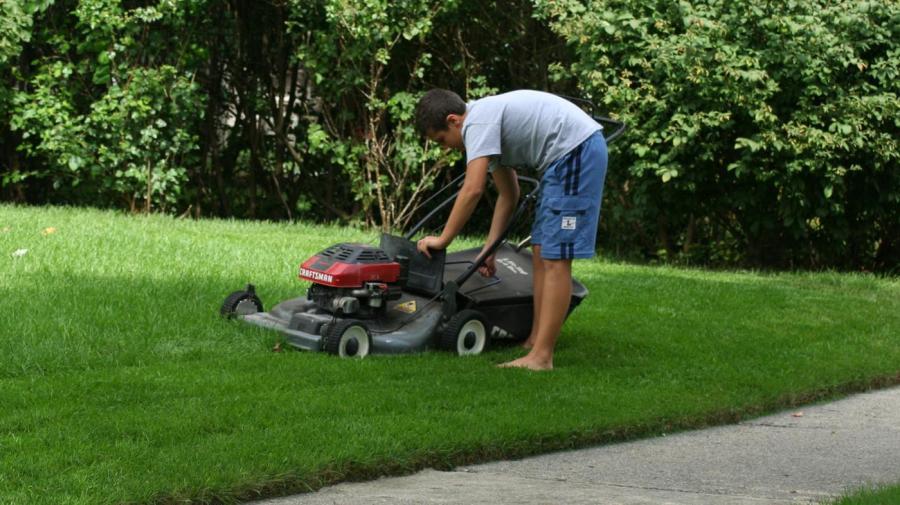What Is Wrong With My Lawnmower?

Briggs and Stratton recommends checking the fuel levels, air filter and spark plug as initial troubleshooting steps when a lawn mower won’t start or won’t stay running. Changing the cutting height on the lawn mower blade, replacing the flywheel key, or replacing the blade may be necessary in some situations.
To troubleshoot a lawn mower that won’t start, begin by checking the fuel level and quality. Old gas may have become diluted over the course of winter and must be replaced before the mower will work properly. Briggs and Stratton recommends tapping the carburetor to ensure the mower is getting enough fuel. Changing the spark plugs, air filter and fuel filter as part of seasonal maintenance may prevent some common problems with lawn mowers.
Lawn mowers that work for a short time and then suddenly stop working may require some additional troubleshooting steps. Cleaning the spark plug, changing the height of the blade, and cleaning under the mower may solve issues if the mower suddenly stops working. Consult the owner’s manual to determine how to change the blade setting and clean the underside of the mower safely. If the blade seems dull, won’t cut grass evenly or appears damaged, replacing the blade may be necessary.
Snapper states that hitting an object, such as a rock, can damage the flywheel key of a lawnmower. The flywheel key must be replaced if it is damaged. A flooded engine may be the problem if the mower doesn’t start. The smell of gasoline will be noticeable if the engine is flooded.





